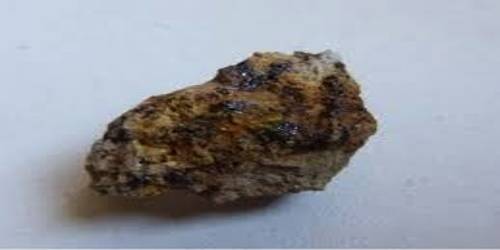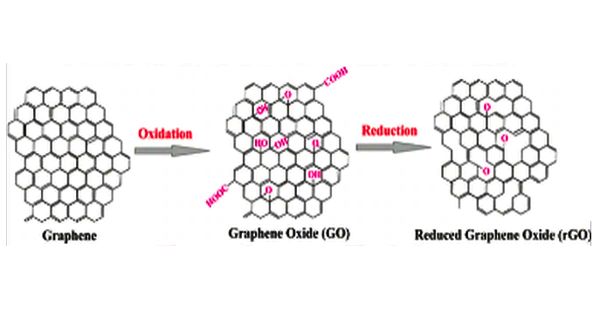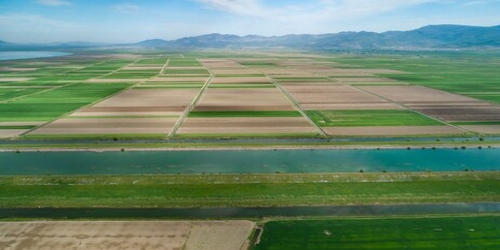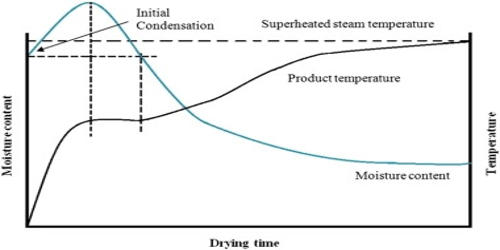Amakinite is a semi-transparent yellow-green hydroxide mineral belonging to the brucite group that was discovered in 1962. Its chemical formula is written as (Fe2+, Mg)(OH)2. It is a trigonal-hexagonal scalenohedral mineral containing hydrogen, iron, magnesium, manganese, and oxygen.
It usually occurs in the form of splotchy, anhedral crystals forming within a group or structure in other minerals or rocks, such as kimberlite. Its composition is as follows:
- Magnesium 5.82% Mg 9.66% MgO
- Manganese 6.58% Mn 8.50% MnO
- Iron 46.84% Fe 60.26% FeO
- Hydrogen 2.42% H 21.58% H2O
- Oxygen 38.34% O
Amakinite is slightly magnetic and was named for the Amakin Expedition, which prospected the diamond deposits of Yakutia.

General Information:
- Formula: (Fe2+, Mg) (OH)2
- Color: Pale green to yellow-green; rapidly turns brown when exposed to air, due to formation of Fe(OH)3
- Hardness: 3½ – 4
- Specific Gravity: 2.925 – 2.98
- Crystal System: Trigonal
- Name: For the Amakin Expedition, this prospected the Yakutian diamond deposits.
Physical Properties of Amakinite
- Transparency: Translucent
- Colour: Pale green to yellow-green; rapidly turns brown when exposed to air, due to formation of Fe(OH)3
- Hardness: 3½ – 4 on Mohs scale
- Cleavage: Poor/Indistinct observed in some grains
- Fracture: Irregular/Uneven
- Density: 2.925 – 2.98 g/cm3 (Measured) and 2.74 g/cm (Calculated)
- Luster: Pearly
- Magnetism: Weakly magnetic
Information Source;
















